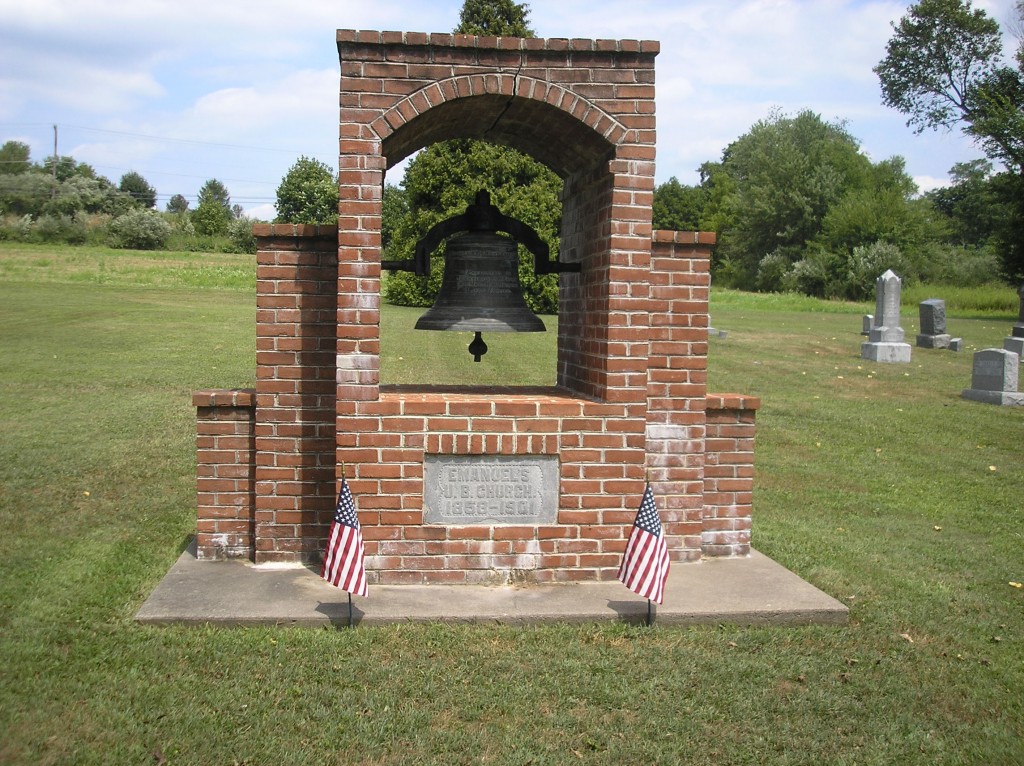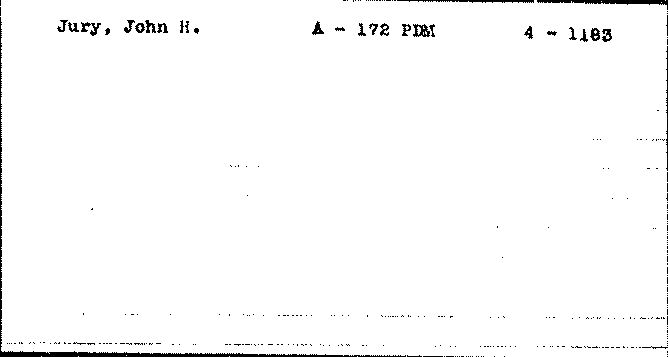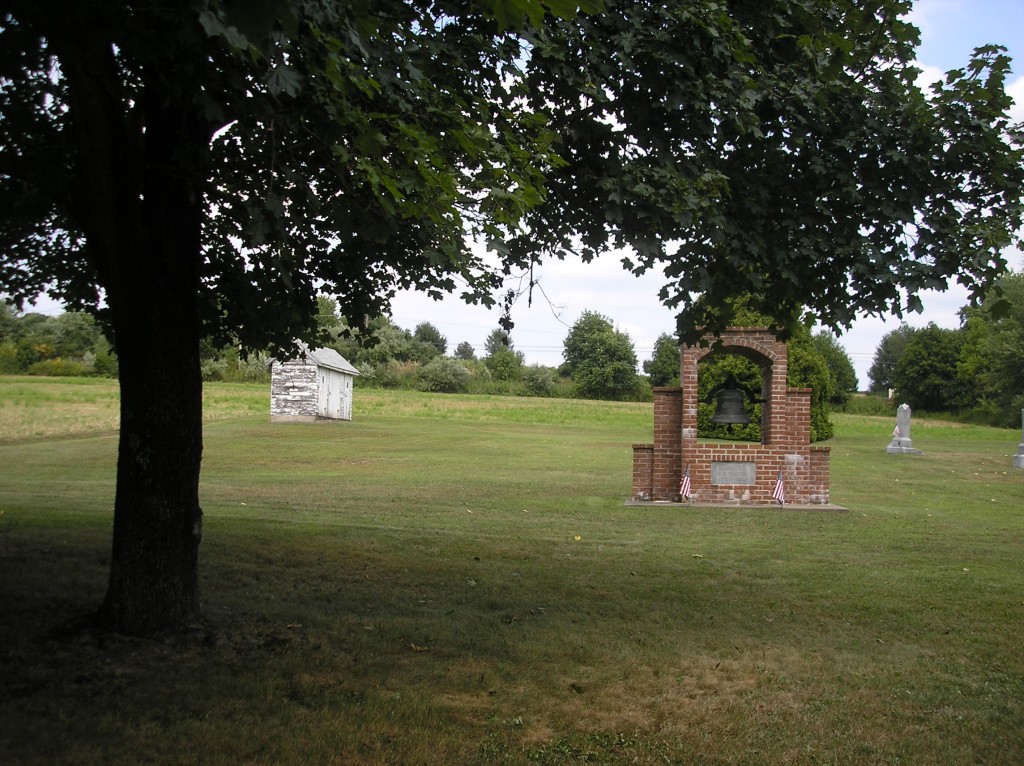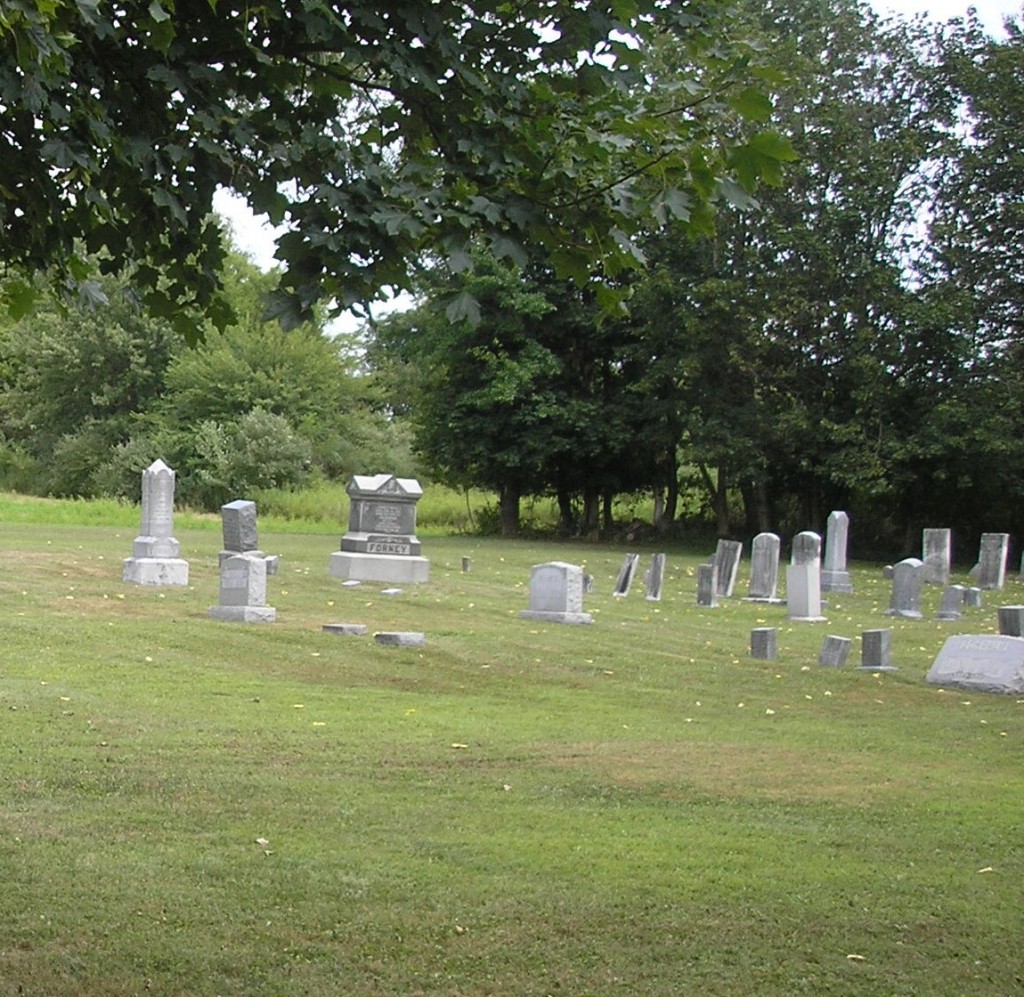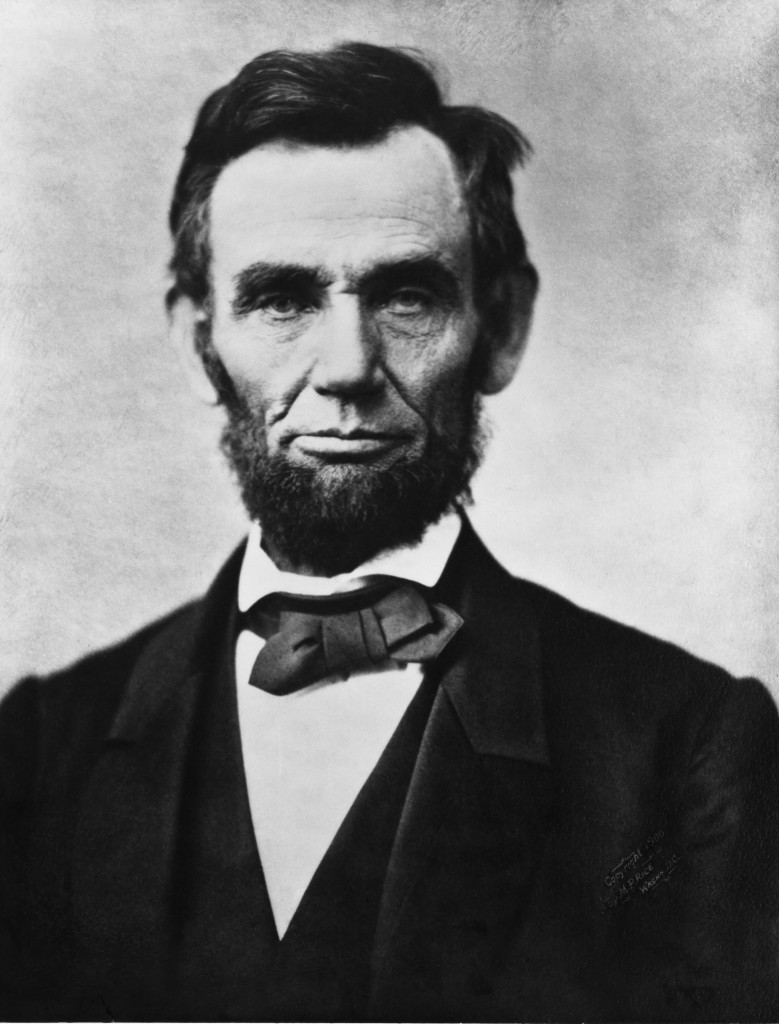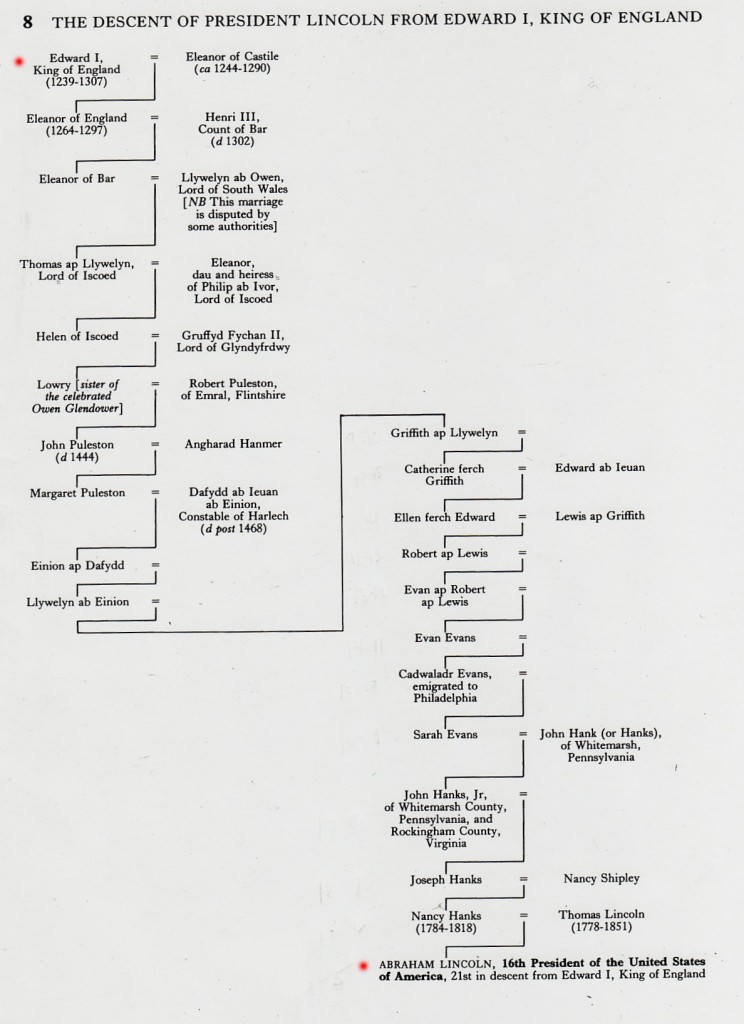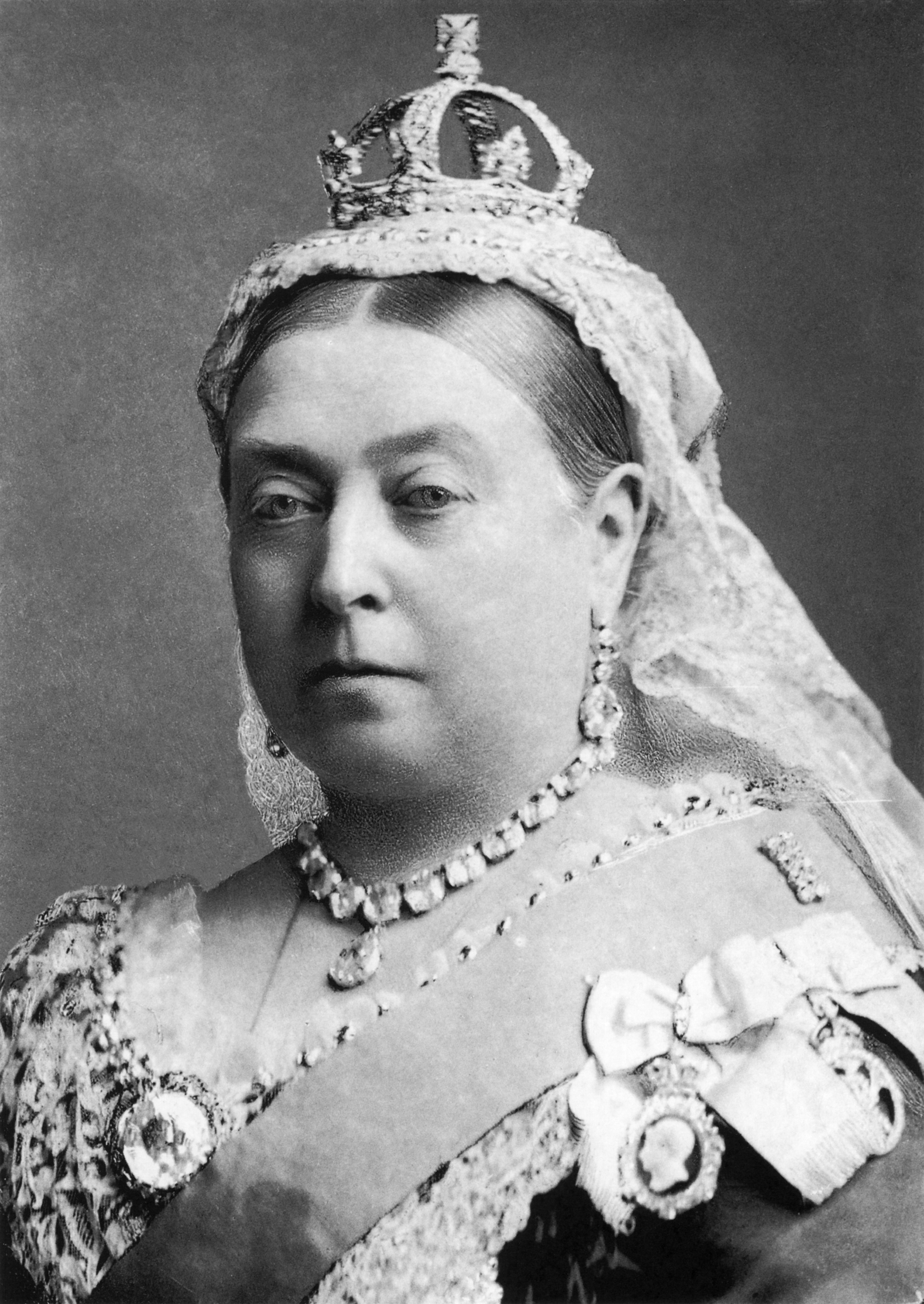Posted By Norman Gasbarro on December 4, 2011
Today, the blog post again continues to feature members of the 177th Pennsylvania Infantry, Company I, who served the full term of nine months and received honorable discharges on 5 August 1863. The research results presented here are based on preliminary data gathering on each of the members of the company and searches for Pension Index Cards that reference the pension application files that are available at the National Archives in Washington, D.C. Some of the members of this company have been previously discussed on blog posts here and reference to those posts are provided with links.
In addition, much has already been written on Benjamin J. Evitts, the elected captain of this company (click here for previous posts on Benjamin J. Evitts). Click here for previous posts on the 177th Pennsylvania Infantry.
The 177th Pennsylvania Infantry, Company I,was a drafted militia that served for nine months. No member of this militia was reported injured as a result of a military act, so, theoretically, nearly all the pension applications should be post-1890, when “age” became the most significant factor for the veteran to receive a pension. This should be reflected in the date of application on the Pension Index Card. If the veteran died before 1890, there probably was no application made by the veteran, but it is possible that a widow applied. In the column for “Certificate Number,” if no number appears, this would indicate that an application was made, but no pension was awarded. If a number appears in the “Certificate Number” column, it can be assumed that a pension was awarded, although the date of the award cannot be determined from the Pension Index Card.
—————————-
ABRAHAM SNYDER (1844-1905)
Abraham Snyder was previously discussed under the post of 20 October 2011, entitled Pension Index Cards – 177th Pennsylvania Infantry – Company I. Although he served the full term of nine months until discharge on 5 August 1863, there is no record that he applied for a pension. However, his widow applied for a pension after he died, and she did not receive one. Information is still being sought to determine if this Abraham Snyder is the same person who is named on the Lykens G.A.R. Monument.
——————————
AMOS SCHOFFSTALL (1832-1906)
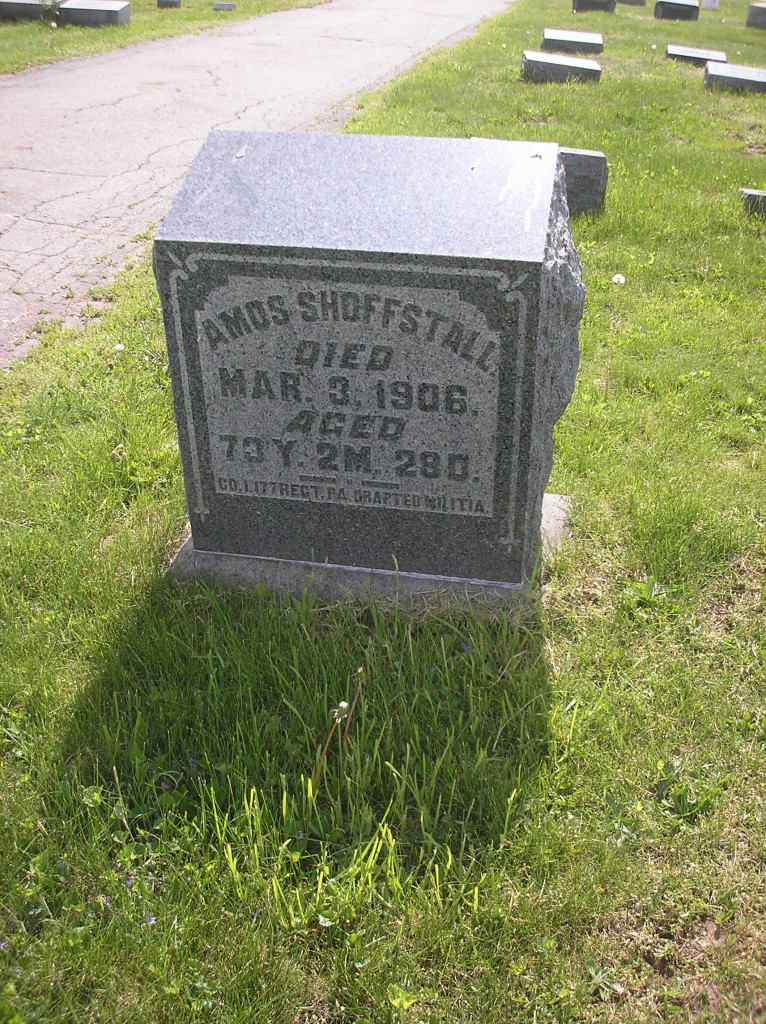
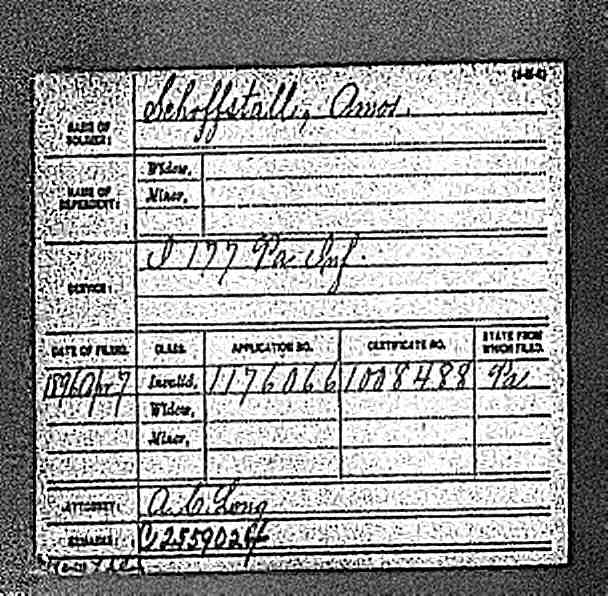
Amos Schoffstall was born in Pennsylvania in 1832, the son of Peter Schoffstall and his wife Mary Ann. The family lived in Lykens Township, Dauphin County, in 1850, where Peter Schoffstall was a farmer. In 1863, Amos indicated he was a laborer and single when he registered for the Civil War Draft in Lykens Township, and he also noted that he served in the 177th Pennsylvania Infantry. After the war, Peter took up farming in Washington Township, Dauphin County. There are no records to indicate that he ever married. In 1880, he was living with his brother William Schoffstall in Washington Township, and in 1900 he was retired, living on his pension as a boarder in the home of George W. Uhler, a dry goods merchant in Elizabethville. Amos Schoffstall died in 1906 and is buried in the Maple Grove Cemetery in Elizabethville.
——————————-
SAMUEL STRAUB (1836-1899)
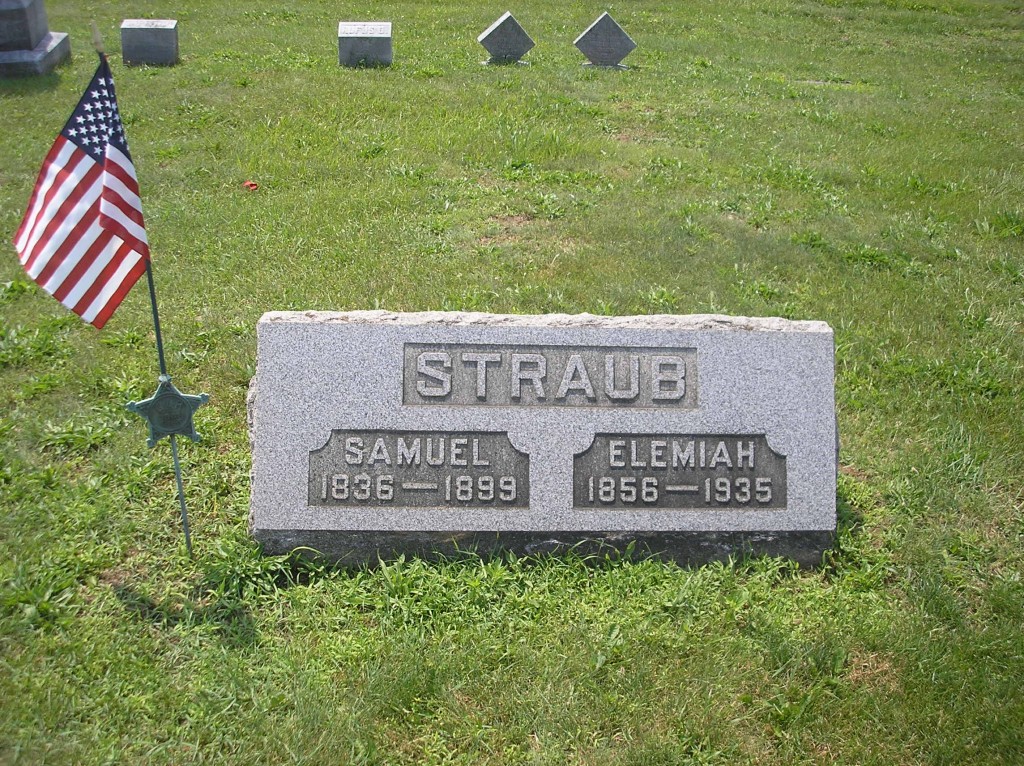
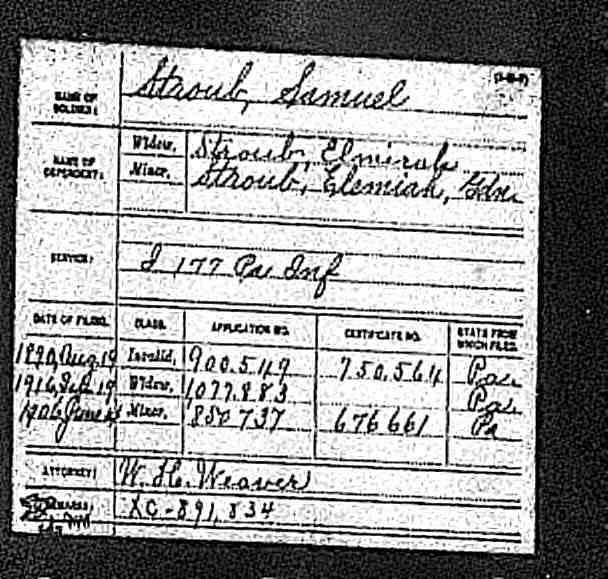
Samuel Straub is also found in the records as Stroub, Stroup, and Streub. He was born in Lykens Township, Dauphin County, in 1836, the son of John Straub II and his wife Christina “Dina” [Helm] Straub. In the 1863 Civil War Draft, Samuel noted that his occupation was farmer and that he was married. He also indicated that he had service in the 177th Pennsylvania Infantry. Samuel Straub married Hannah Klinger around 1857. She was one of the descendants of Johann Peter Klinger and Catharina [Steinbruch] Klinger as well as Johann Peter Hoffman. Samuel and Hannah started their family before the Civil War and continued having children during the war despite Samuel’s nine month term of service as a draftee. The following children were born to the couple (birth years approximate): Tobias Straub (1858); John Straub (1861); Braden Straub (1863); George Straub (1864); Mary Straub (1865); Oscar Straub (1870); and William Straub (1870). In 1882, Hannah died and Samuel re-married. His second wife, Elemiah, survived him and collected his pension as guardian of his minor children, but she failed to get approval to continue his pension. Samuel Straub is buried at Zion (Klinger’s) Church cemetery in Erdman, Lykens Township along with his second wife Elemiah.
——————————-
JOHN ADAM SALTZER (1834-1869)
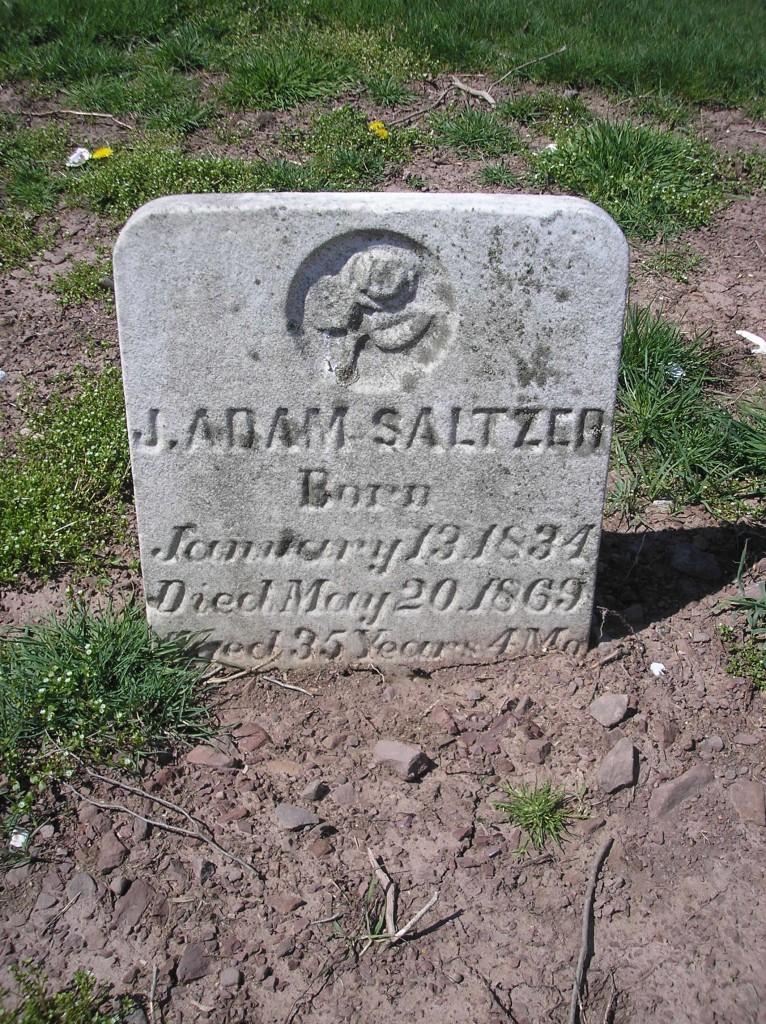
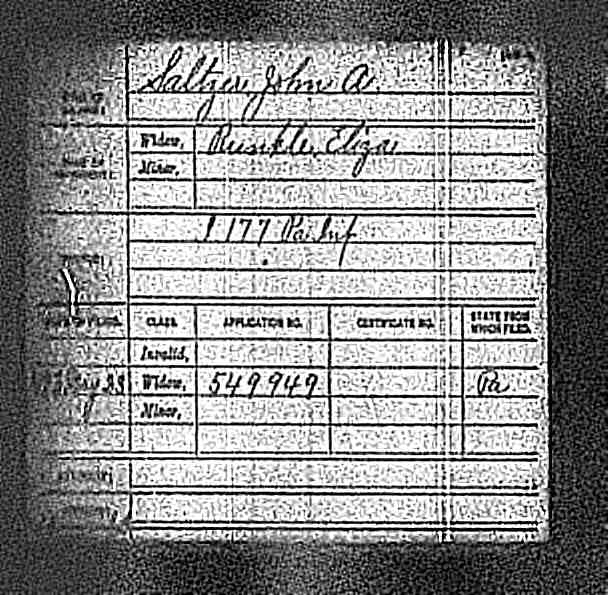
John Adam Seltzer was born in 1834 in Pennsylvania. At the time of his writing, his parentage was not yet discovered. He married Ann Elizabeth “Eliza” Schoffstall. In 1863, when he registered for the draft, he was still single, living in Lykens Township and working as a tailor. He noted that he had service in the 177th Pennsylvania Infantry. John and Eliza had three known sons (birth years approximate): Ulrich Oscar Saltzer (1866); Henry Grant Saltzer (1867); and John Adam Saltzer (1869). John Adam Saltzer died young at age 35 in 1869 and is buried in Gratz Union Cemetery, Gratz Borough. He left his wife with young children to support. It is not known why her application for a widow’s pension was not approved.
——————————
ABRAHAM SEILER (1820-1899)

Abraham “Abe” Seiler, whose name is also found as Siler in the records, was born in 1820 in Pennsylvania. His parents names have not yet been determined. After his drafted service in the 177th Pennsylvania Infantry, he joined the 192nd Pennsylvania Infantry, Company H, as a Private, where he served from 1 March 1865 through 24 August 1865. Prior to the war, Abe married and he and his wife Mary began having children which they continued to do during the war. His known children (birth years approximate) were: Rebecca Seiler (1859); Ellen Seiler (1860); William C. Seiler (1862); Abraham L. Seiler (1864); Joseph Seiler (1867); Catharine Seiler (1871); and Louisa Seiler (1873). In 1870, Abraham Seiler was living with his wife and children in Dalmatia, Northumberland County, and was working as a house carpenter. In 1880, he had moved to Upper Paxton Township where he was working as a laborer. The Civil War Monument in Millersburg bears his name. This is an indication that the G.A.R. knew of his war service and he was probably active in the post in Millersburg. Abraham Seiler died in 1899 and he is buried in Oak Hill Cemetery, Millersburg. After his death, his widow collected his pension.
—————————–
The continuation of the “Honorable Discharges” of the 177th Pennsylvania Infantry, Company I, will appear in about two weeks.
Category: Research, Resources, Stories |
Comments Off on Honorable Discharges – 177th Pennsylvania Infantry, Company I – Part 8
Tags: Dalmatia, Elizabethville, Erdman, G.A.R., Gratz Borough, Hoffman family, Klinger family, Lykens Township, Millersburg, Regiments, Schoffstall family, Seiler family, Upper Paxton Township, Washington Township
 ;
;
